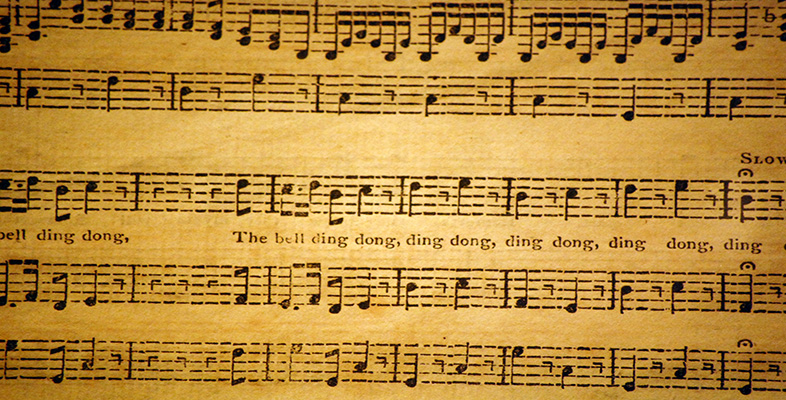1.2 Analysing harmony
The aim of this course is to analyse the character of Mozart's harmony at a chord-by-chord or bar-by-bar level. This is what is called analysing the foreground, or musical surface, of the music. You may find this emphasis on microscopic detail rather different from approaches that analyse extended forms such as sonata form by looking at key-schemes and thematic groups. The relationship between the foreground structure and larger levels will be explored in the other courses that make up this series, first in Voice-leading analysis of music 2: the middleground, and then in Voice-leading analysis of music 3: the background.
The approach taken throughout this set of courses will be that of ‘voice-leading analysis’. It is quite likely that you will be unfamiliar with this phrase, and it will be defined below in more detail. Although the primary aim is to introduce the theoretical mechanisms as a means to an end (that is, as a tool for the analysis of Mozart's style), the analytical methods introduced here are useful when considering any music from the ‘tonal’ period (roughly 1700–1900).
If you have come across techniques of analysing music before, these may well have been either what is termed ‘chord-function’ analysis (for example, ‘here is a iib-Ic-V-I progression’), or what is termed ‘motivic’ analysis (for example, ‘here motive X is inverted and appears in the bass under a new theme, Y’). While voice-leading analysis is conceptually no more difficult than these methods, it does tend to be relatively daunting to the newcomer. This is partly because voice-leading analysis carries with it the baggage of its own set of technical terms, and partly because it has its own unique system of notation. The results of a voice-leading analysis are presented as diagrams (normally called ‘graphs’) which are made up of the symbols developed for this system of analysis. Many of these symbols look like conventional musical notation, but in a voice-leading graph they have specific meanings different from those they carry in an ordinary musical score. The result is that a voice-leading graph looks odd, even incomprehensible to someone who has not learned the meaning of the individual symbols. Do not worry about this: the terms and notations will be explained gradually as we look at short extracts from Mozart's sonatas. Remember that throughout this course (and throughout the two other courses that deal with this analytical technique), the emphasis is on listening rather than on producing complicated diagrams. The aim is that you should be able to understand what an analytical graph says about the way we hear Mozart's harmony work. After all, a diagram is useful only to the extent that it clarifies a particular musical process that might not have been otherwise obvious.
